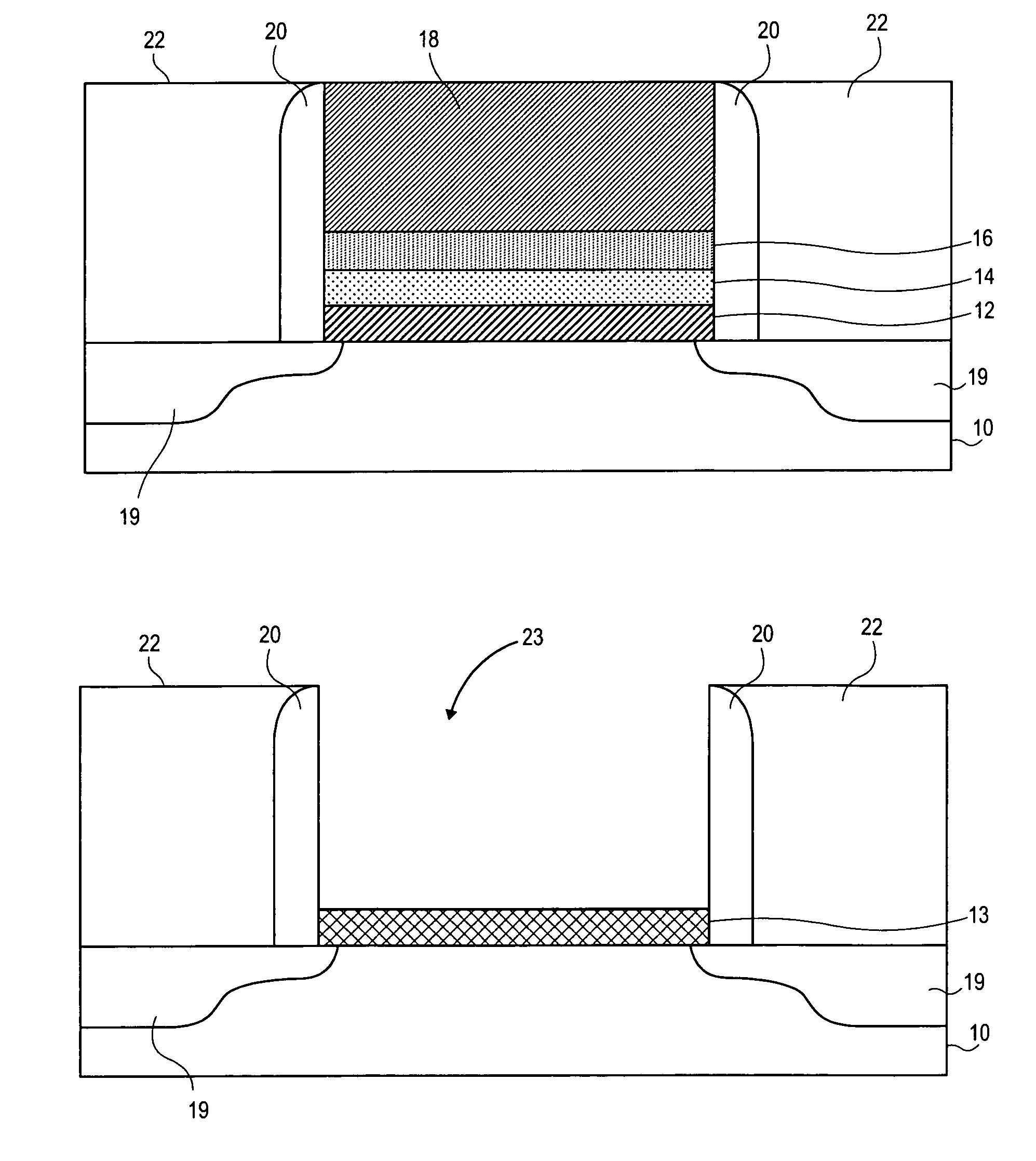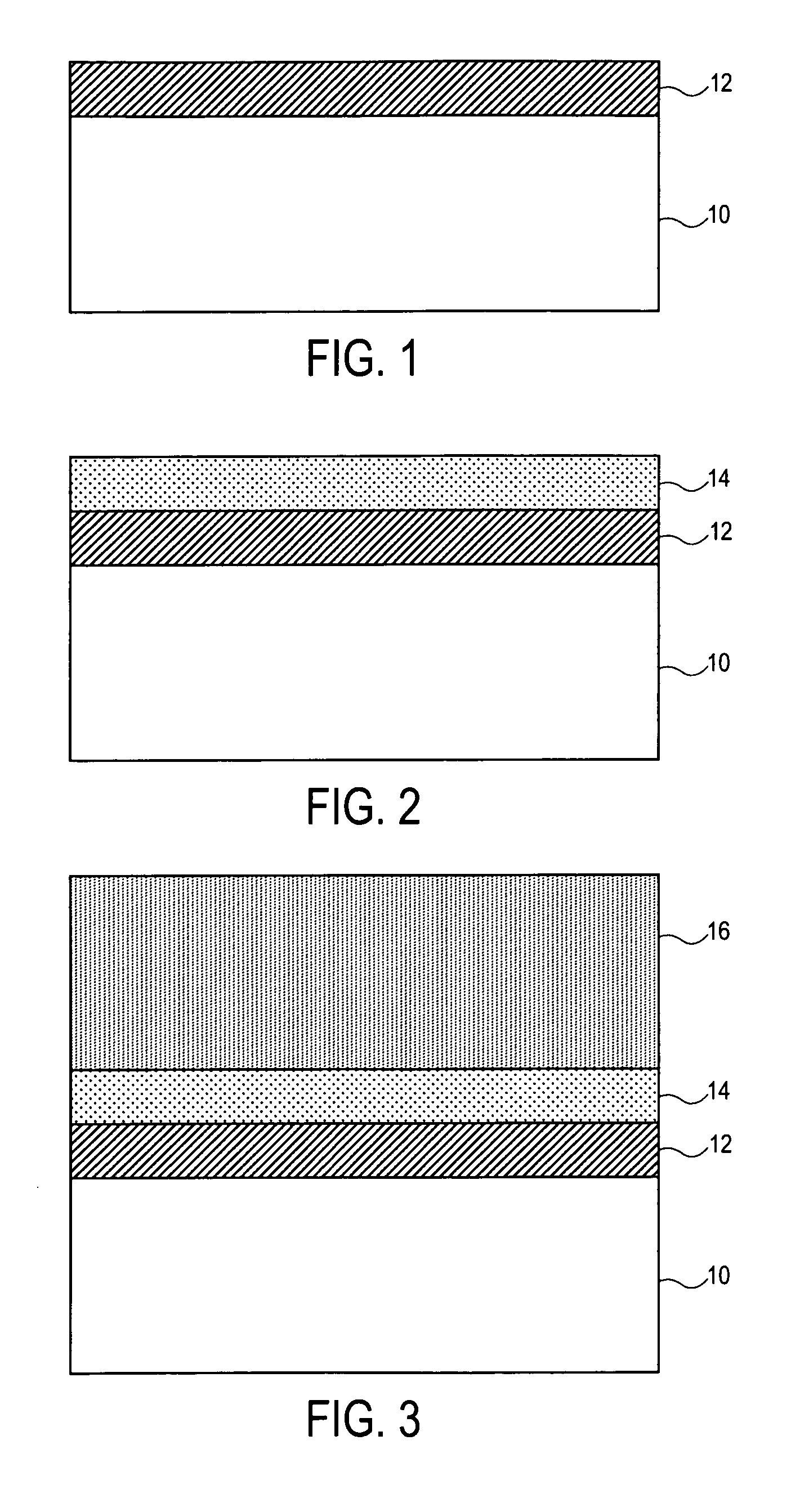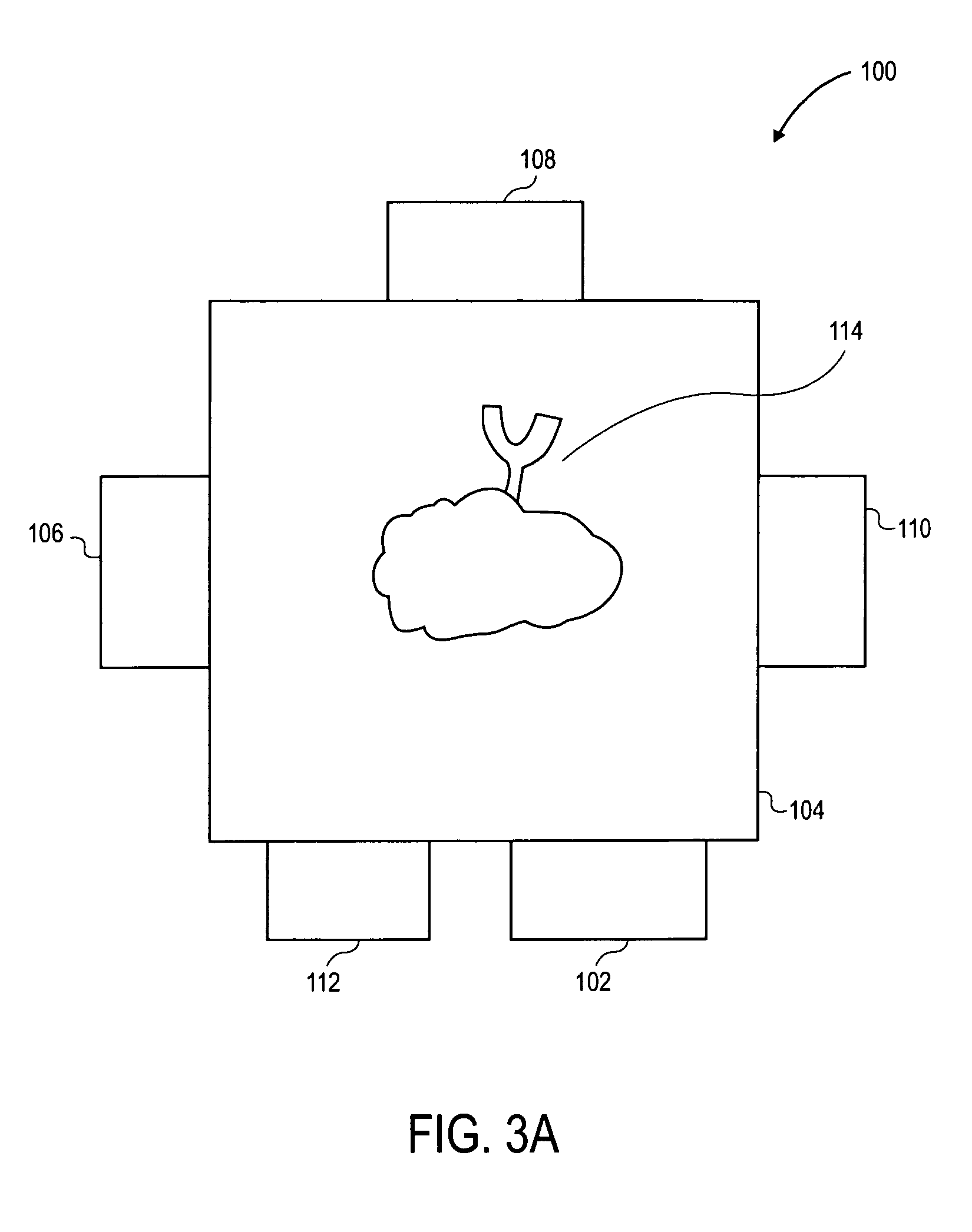Gate electrode having a capping layer
a gate electrode and capping layer technology, applied in the field of semiconductor structure and manufacturing, can solve the problems of compromising the performance and functionality of electronic devices, and the majority of high-k gate dielectric materials are not compatible with crystalline silicon or polycrystalline silicon (polysilicon) gate electrodes
- Summary
- Abstract
- Description
- Claims
- Application Information
AI Technical Summary
Benefits of technology
Problems solved by technology
Method used
Image
Examples
Embodiment Construction
[0018]A method, which includes depositing a dielectric layer on a substrate, followed by deposition of a capping layer in-situ over the dielectric layer prior to any high temperature processing, is disclosed herein. The capping layer acts as an oxygen diffusion barrier or seal to prevent exposure of the dielectric layer to oxygen. An optionally sacrificial barrier layer may be deposited between the dielectric layer and the capping layer. Each of the dielectric layer, barrier layer and capping layer are desirably formed in situ and without exposing the layers to oxygen.
[0019]In one embodiment, when the dielectric layer is formed on the substrate, the dielectric layer is a kinetic product. That is, the dielectric layer is formed using a low energy (e.g., low temperature) process. A capping layer is then formed on the kinetic product dielectric layer to seal the dielectric layer until a subsequent high energy process occurs. A high energy (e.g., high temperature) process, such as, for ...
PUM
| Property | Measurement | Unit |
|---|---|---|
| thickness | aaaaa | aaaaa |
| thickness | aaaaa | aaaaa |
| thickness | aaaaa | aaaaa |
Abstract
Description
Claims
Application Information
 Login to View More
Login to View More - R&D
- Intellectual Property
- Life Sciences
- Materials
- Tech Scout
- Unparalleled Data Quality
- Higher Quality Content
- 60% Fewer Hallucinations
Browse by: Latest US Patents, China's latest patents, Technical Efficacy Thesaurus, Application Domain, Technology Topic, Popular Technical Reports.
© 2025 PatSnap. All rights reserved.Legal|Privacy policy|Modern Slavery Act Transparency Statement|Sitemap|About US| Contact US: help@patsnap.com



